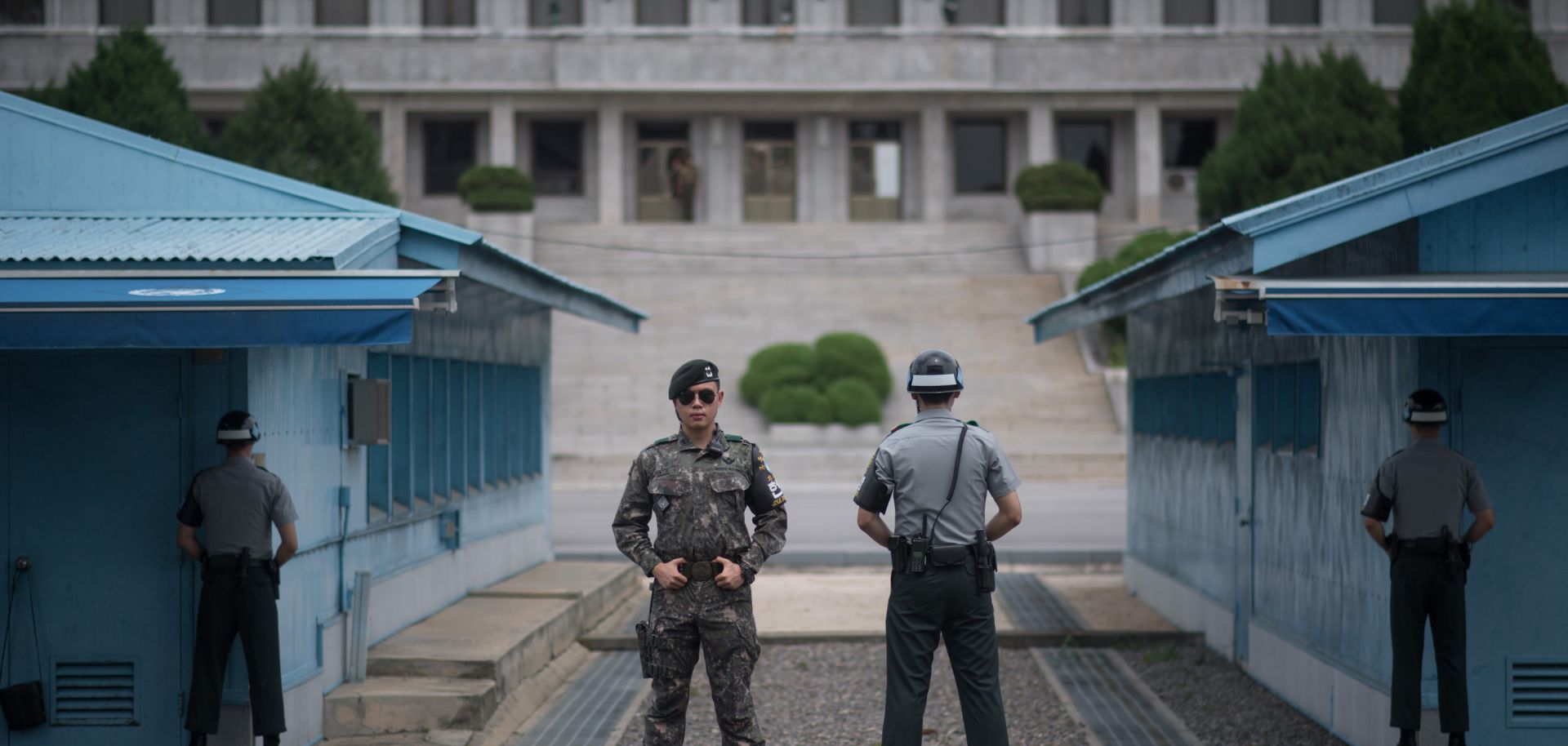GLOBAL PERSPECTIVES
Falling Into Old Habits at the 38th Parallel

Apr 18, 2018 | 09:00 GMT

South Korean soldiers stand on duty at the Demilitarized Zone along the 38th parallel. The history of the line separating North Korea from South Korea traces back much further than the Cold War.
(ED JONES/AFP/Getty Images)
Highlights
- After decades of lamenting the Korean Peninsula's division, South Koreans increasingly regard reunification as unnecessary and undesirable.
- The split between North and South Korea along the 38th parallel, though seemingly arbitrary, follows approximately the same border that divided the peninsula's northern and southern kingdoms in antiquity.
- The division reflects the reality of contemporary geopolitics, which suggests that if reunification does happen, it will more likely occur under Beijing's wing than under Washington's.
Subscribe Now
SubscribeAlready have an account?
